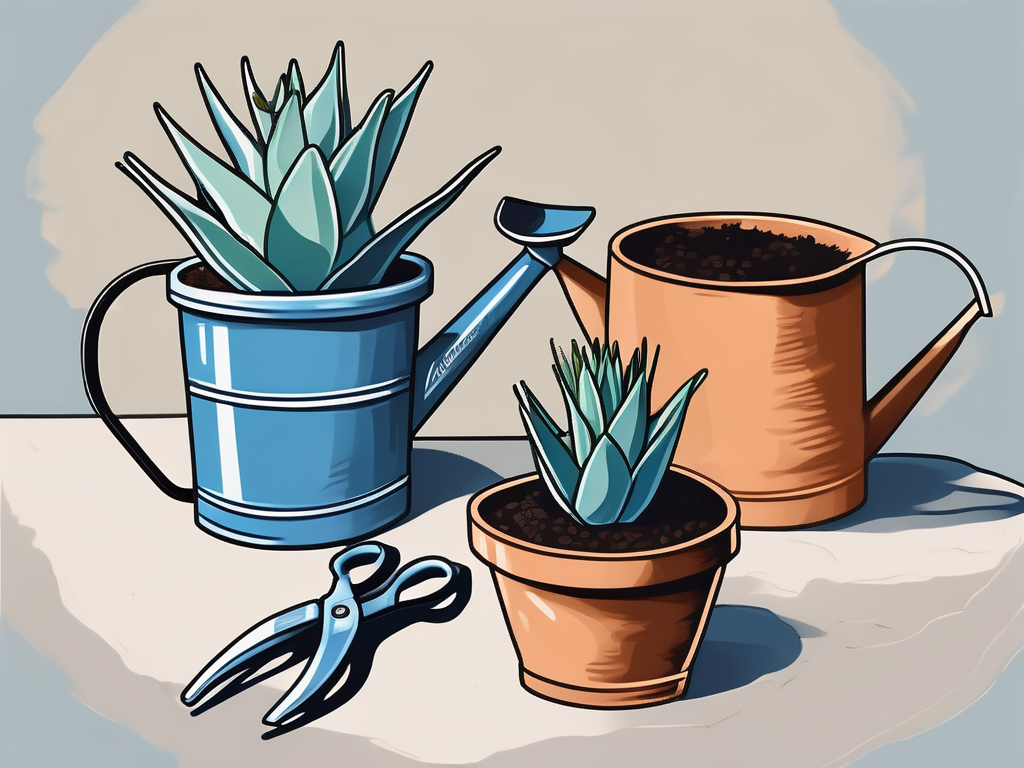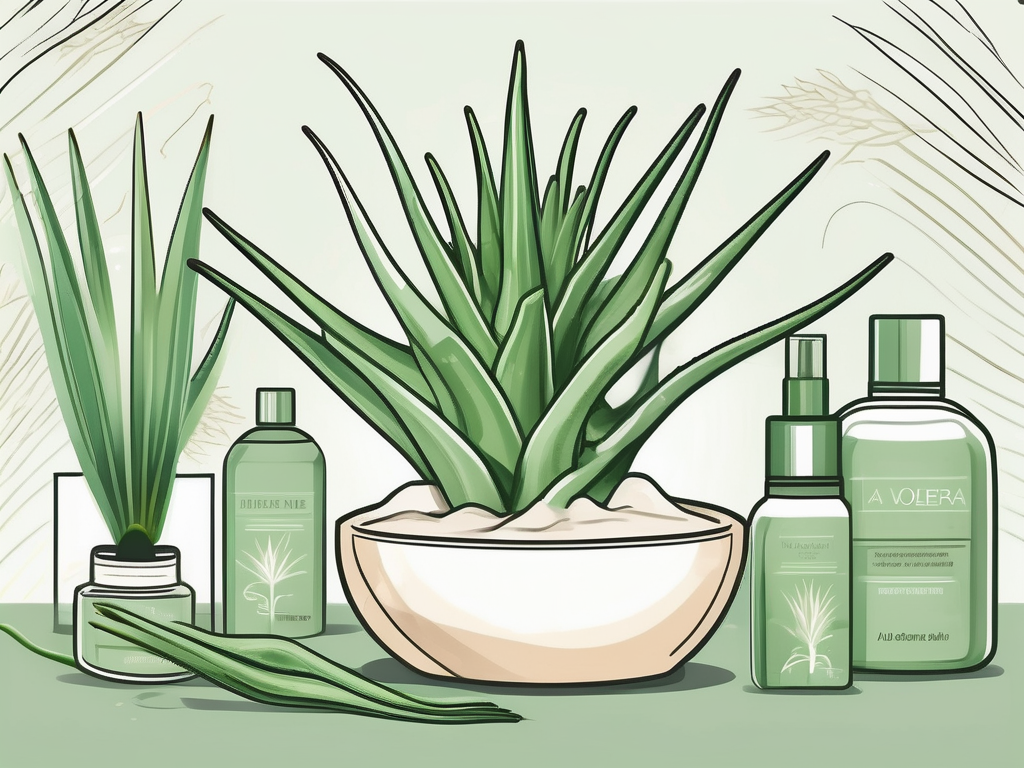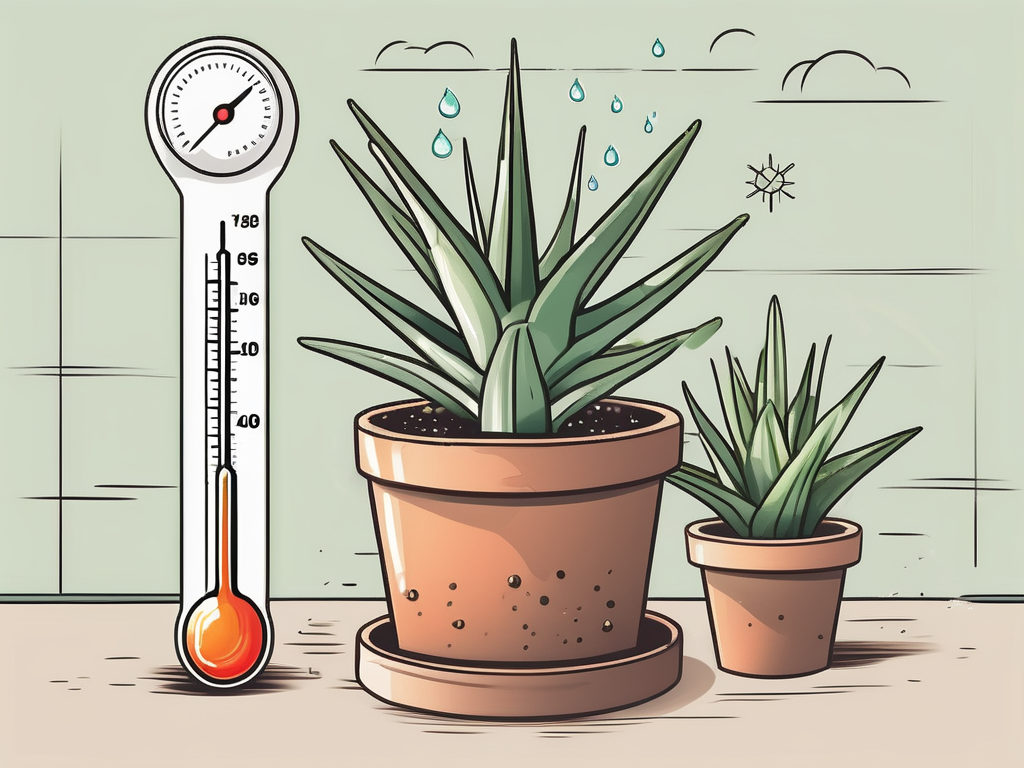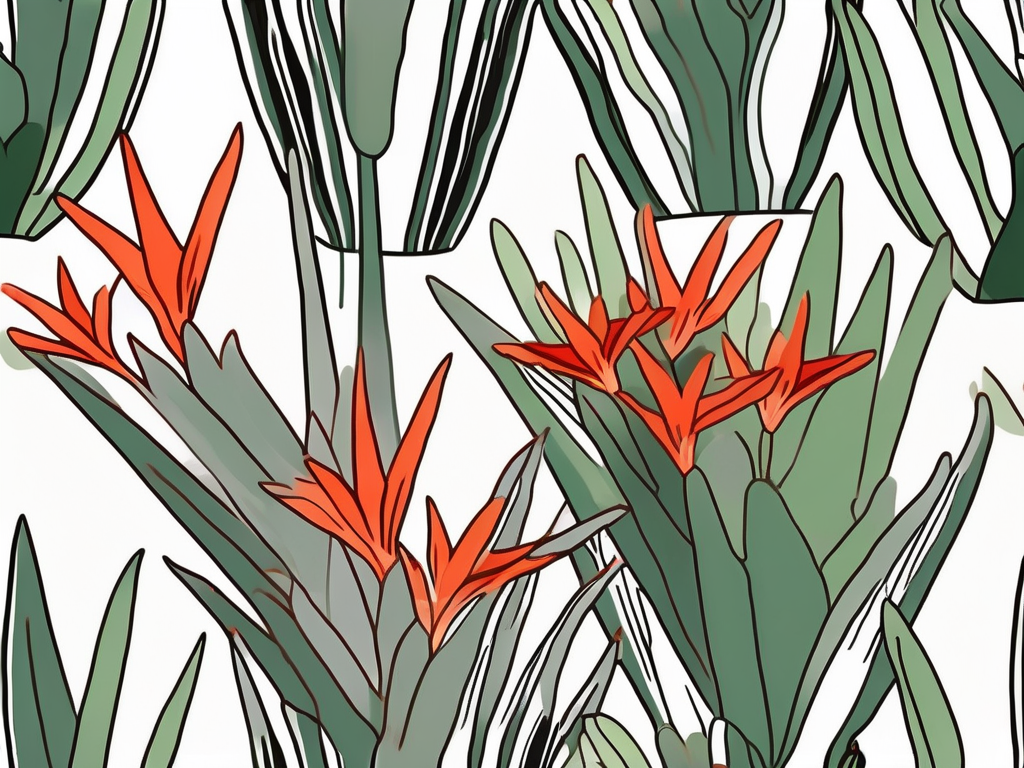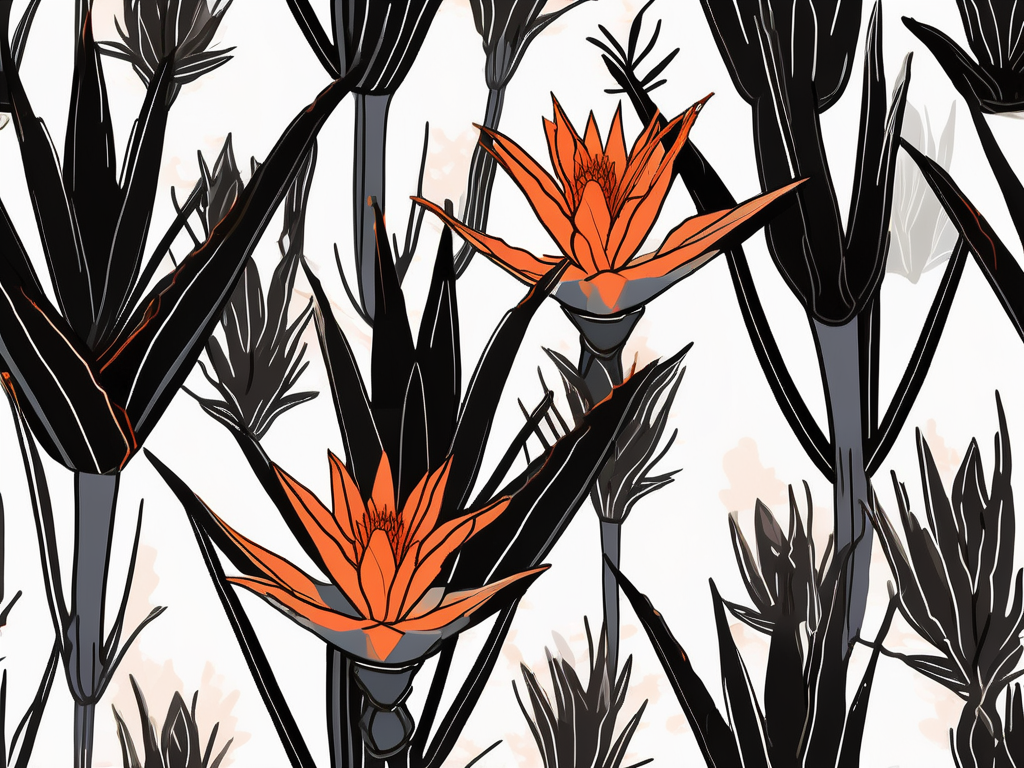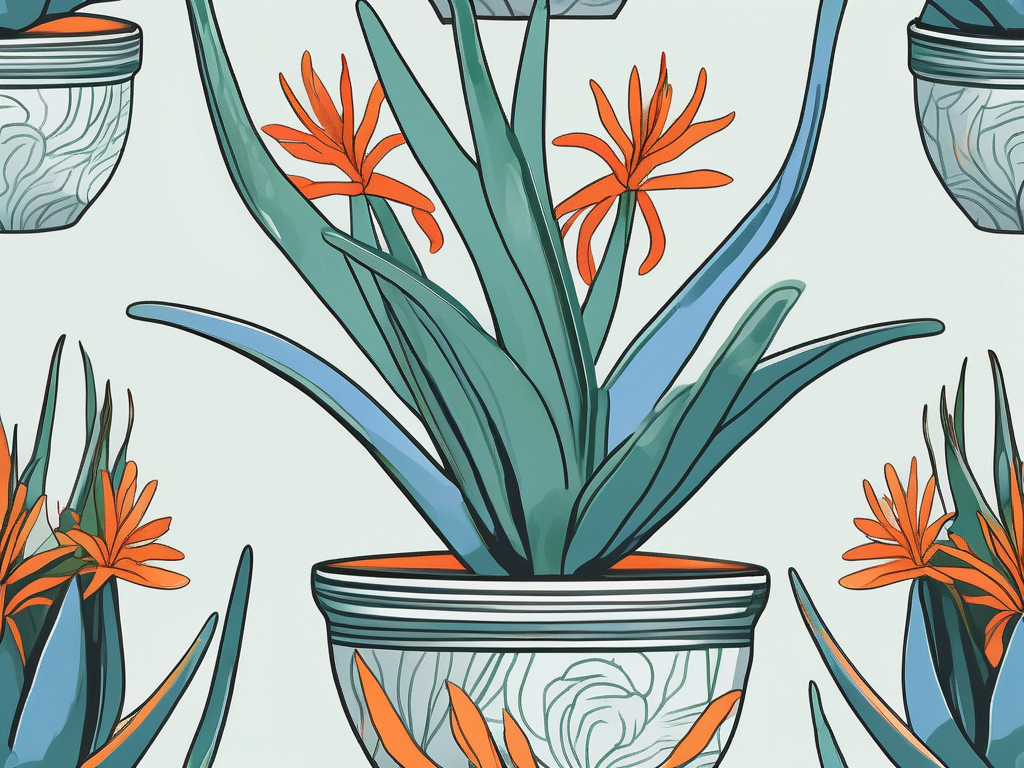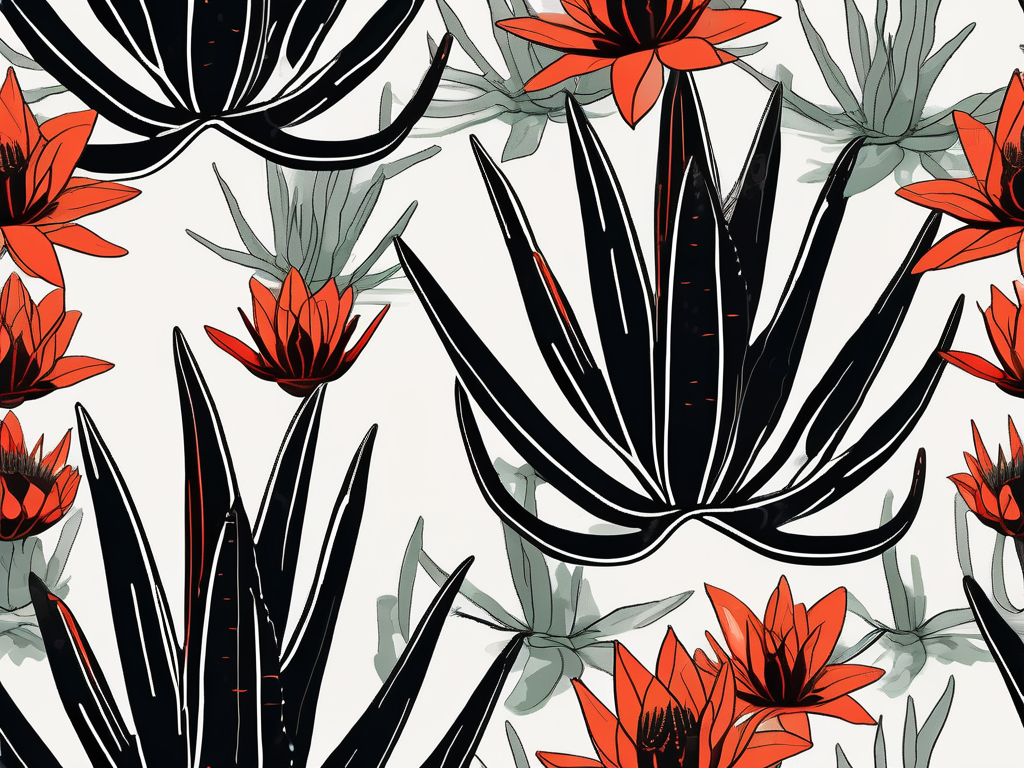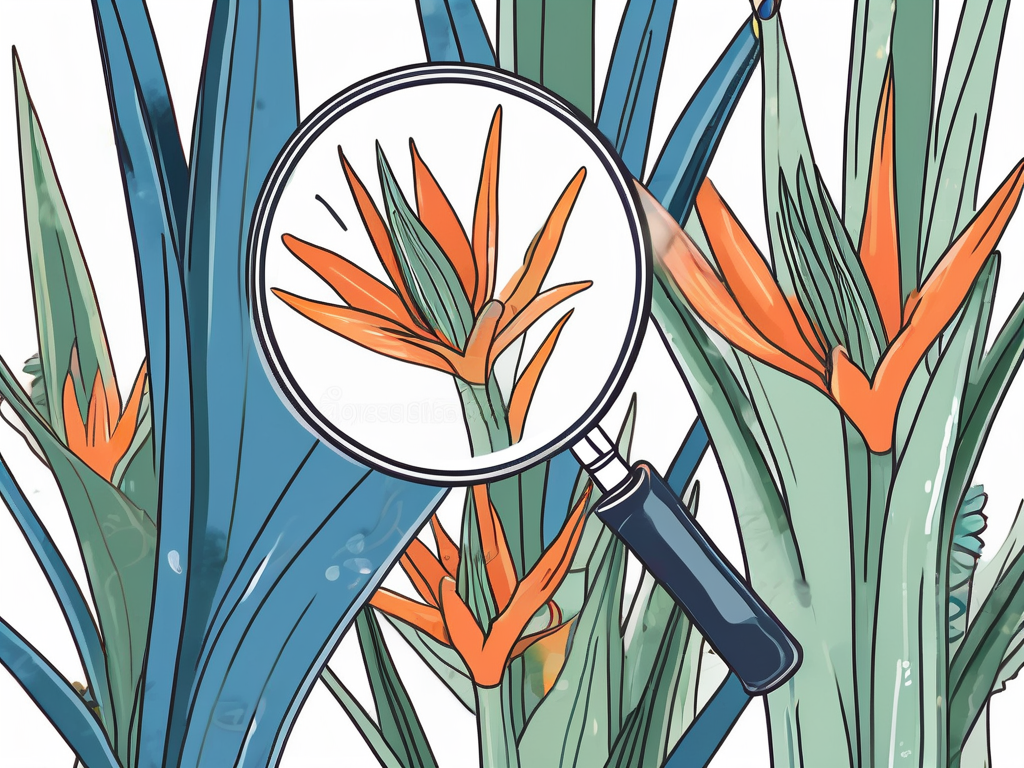
Blue Elf Aloe, with its attractive appearance and easy-care nature, has become a favorite among plant lovers. But what about its scientific name? Why is it important, and what does it tell us about this charming succulent? Let's take a closer look at the fascinating world behind the Blue Elf Aloe's scientific identity.
In this article, we’ll explore the significance of scientific names, delve into the taxonomy of Blue Elf Aloe, and provide insights into its care and styling. Whether you're a seasoned plant parent or just starting, you'll find practical tips and interesting tidbits to satisfy your botanical curiosity.
Understanding Scientific Names
Scientific names, also known as Latin names or botanical names, serve a crucial role in the plant world. They offer a universal language that transcends regional differences and common name confusions. Imagine being in a foreign country and trying to find a particular plant known by different local names—scientific names can be your savior in such cases!
The scientific naming system, developed by Carl Linnaeus in the 18th century, consists of two parts: the genus and the species. This binomial nomenclature provides a unique identifier for each plant. For us plant people, this means that when we refer to a plant by its scientific name, we’re all on the same page, regardless of our native languages.
Understanding these names can also give us insights into the plant’s characteristics, origin, or even its discoverer. So, what’s in a name, you ask? Quite a lot, actually!
The Scientific Name of Blue Elf Aloe
Now that we’ve covered the basics of scientific names, let’s talk about our star of the show: Blue Elf Aloe. Its scientific name is Aloe 'Blue Elf'. You might be wondering why it seems a bit different from other scientific names. That’s because Blue Elf Aloe is a hybrid, and hybrids often have unique naming conventions.
The genus Aloe is well-known and includes many beloved succulents. The 'Blue Elf' part indicates this particular hybrid cultivar. Hybrids are generally created to highlight specific desirable traits, like color, hardiness, or growth habit. In the case of Blue Elf Aloe, its striking blue-green leaves and compact size make it a standout in any collection.
This hybrid nature means that while Blue Elf Aloe shares commonalities with its Aloe relatives, it also has its unique features, making it a special addition to your home or garden.
Origin and History of Blue Elf Aloe
Understanding where a plant comes from can give us valuable insights into how it might behave in our homes. Blue Elf Aloe is a hybrid, as we mentioned earlier, and its parentage includes some robust Aloe species known for their resilience and beauty.
The Aloe genus is native to Africa and the Arabian Peninsula, thriving in dry, arid environments. This background is reflected in the Blue Elf Aloe's love for sunlight and well-draining soil. The hybrid was developed to capture the essence of these hardy ancestors while introducing new features like its compact size and unique leaf color.
Blue Elf Aloe has become popular in recent years, especially among those who appreciate low-maintenance plants with a touch of elegance. Whether you’re looking to add a bit of desert charm to your windowsill or create a stunning succulent arrangement, this Aloe is a versatile choice.
Caring for Your Blue Elf Aloe
So, you've decided to bring a Blue Elf Aloe into your home. Great choice! Its care routine is straightforward, making it a perfect candidate for both beginners and seasoned plant parents.
Here are some essential care tips to keep your Blue Elf Aloe thriving:
- Light: Blue Elf Aloe loves bright light. A sunny windowsill or a spot with plenty of indirect sunlight will suit it perfectly. If your home lacks natural light, consider supplementing with a grow light.
- Water: Like most succulents, Blue Elf Aloe prefers less frequent watering. Allow the soil to dry out completely between waterings to prevent root rot.
- Soil: Use a well-draining cactus or succulent mix. You can also amend regular potting soil with sand or perlite to improve drainage.
- Temperature: Keep your Aloe in a room with temperatures between 60°F and 75°F (15°C to 24°C). It can tolerate occasional cooler temperatures but prefers warmth.
- Humidity: Average household humidity levels are ideal. There's no need for additional humidity, which means no misting is required.
By following these simple guidelines, your Blue Elf Aloe will remain healthy and happy, adding a touch of green to your space.
Dealing with Pests and Problems
Even the hardiest plants can encounter pests or issues from time to time. Blue Elf Aloe, while generally low-maintenance, isn't entirely immune. Common pests include mealybugs and aphids, which can be a nuisance if left unchecked.
Here’s how to tackle these common issues:
- Mealybugs: These small, white, cotton-like insects can be removed with a cotton swab dipped in isopropyl alcohol. Regularly inspect your plant, especially in the crevices where mealybugs love to hide.
- Aphids: These can be washed off with a strong stream of water or treated with insecticidal soap. Keep an eye on new growth, as aphids often target these tender areas.
- Root Rot: Overwatering is the main culprit. Ensure your plant’s pot has drainage holes and avoid letting it sit in water.
By keeping a watchful eye and taking swift action, you can keep your Blue Elf Aloe in tip-top shape.
Styling Your Space with Blue Elf Aloe
Beyond its care, Blue Elf Aloe is also a fantastic styling piece. Its compact size and striking foliage make it a versatile addition to any room. Whether you’re aiming for a minimalist aesthetic or a more eclectic look, this plant can be a perfect fit.
Consider placing your Blue Elf Aloe in a decorative pot that complements your decor style. It pairs nicely with neutral tones or can add a pop of color in a vibrant planter. Grouping it with other succulents can create a lovely arrangement, showcasing various textures and colors.
If you're feeling creative, you can incorporate your Blue Elf Aloe into terrariums or tabletop gardens. Its unique form and color can add an unexpected twist to traditional plant displays, making your home both stylish and inviting.
Propagation Tips for Blue Elf Aloe
Want to share the Blue Elf love or expand your collection? Propagation is a rewarding way to do so. While Blue Elf Aloe can be a bit more challenging to propagate due to its hybrid nature, it’s certainly not impossible.
The most common method is through offsets, also known as pups. Here's a step-by-step guide:
- Identify Offsets: Look for small offshoots growing at the base of the main plant.
- Remove Offsets: Gently remove the offset from the parent plant using a clean, sharp knife. Make sure it has some roots attached.
- Let It Dry: Allow the offset to dry for a day or two to heal the cut and prevent rot.
- Plant the Offset: Place the offset in a small pot with well-draining soil, similar to what the parent plant prefers.
- Care for the New Plant: Water sparingly until the offset establishes its roots and begins to grow.
With patience and care, you’ll soon have a new Blue Elf Aloe to grace your home or share with a friend.
Common Myths About Blue Elf Aloe
Like many beloved plants, Blue Elf Aloe is not without its share of myths and misconceptions. Let’s debunk a few so you can be better informed:
- Myth: All Aloes Need Direct Sunlight: While they love light, not all Aloes thrive in direct sunlight, which can cause leaf burn. Blue Elf Aloe prefers bright, indirect light.
- Myth: Aloes Don't Need Water: While drought-tolerant, Aloes still need water. The key is to let the soil dry out fully between waterings.
- Myth: More Fertilizer Equals Faster Growth: Aloes are slow growers and don’t need much fertilizer. Over-fertilizing can harm the plant.
Understanding these myths can help you provide the best care for your Blue Elf Aloe, ensuring it stays healthy and beautiful.
Final Thoughts
The Blue Elf Aloe, with its striking appearance and easy-going nature, is a wonderful addition to any plant collection. We've explored its scientific name, care requirements, and even debunked a few myths, all to help you enjoy this delightful plant to the fullest.
At Cafe Planta, we love helping plant lovers find the perfect houseplants and accessories. If you have any questions about your Blue Elf Aloe or any other plant, feel free to email us or reach out on Instagram. Whether you’re just starting your plant journey or are a seasoned plant parent, we’re here to help you connect with nature and create a thriving green space in your home.













